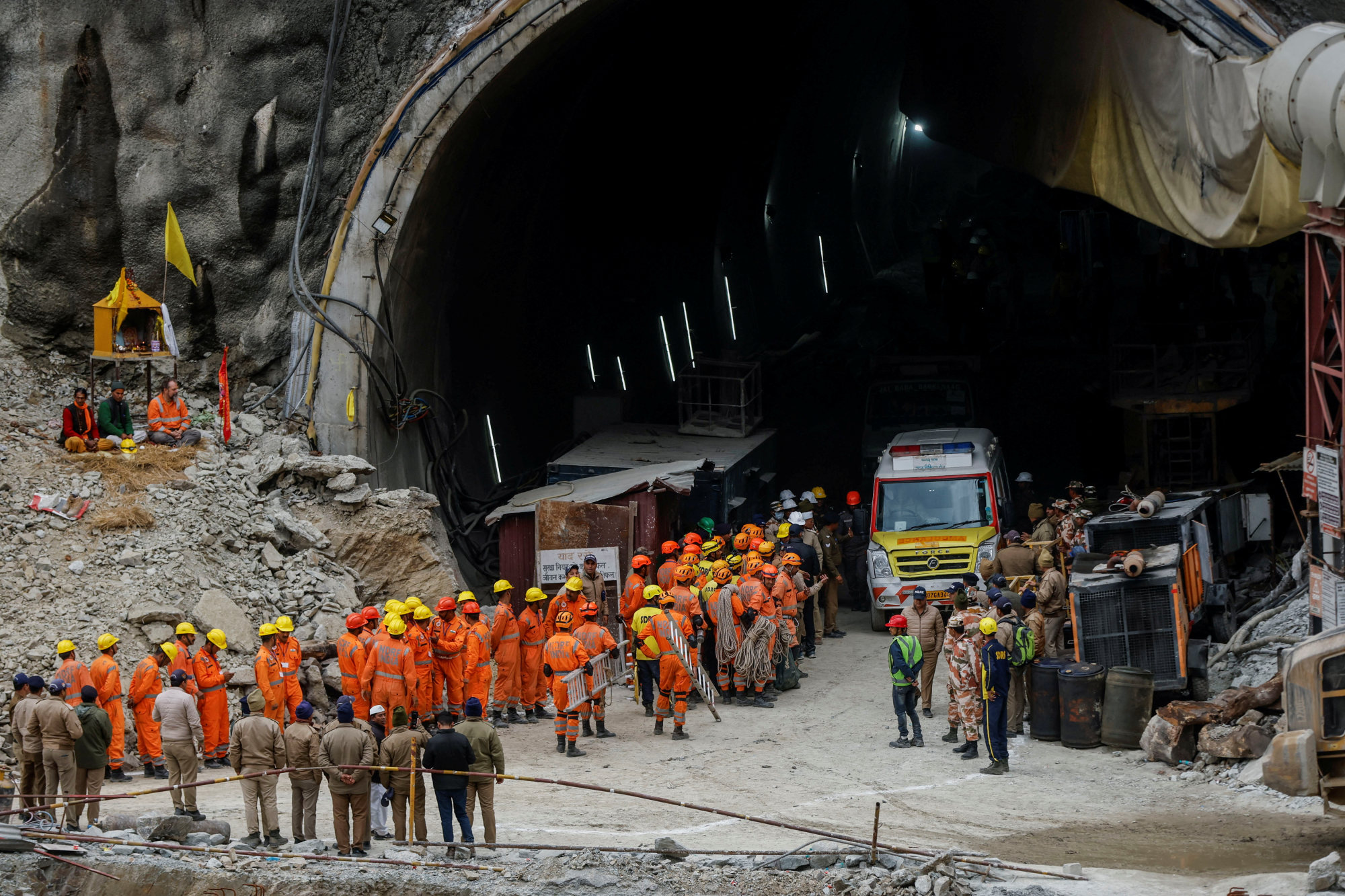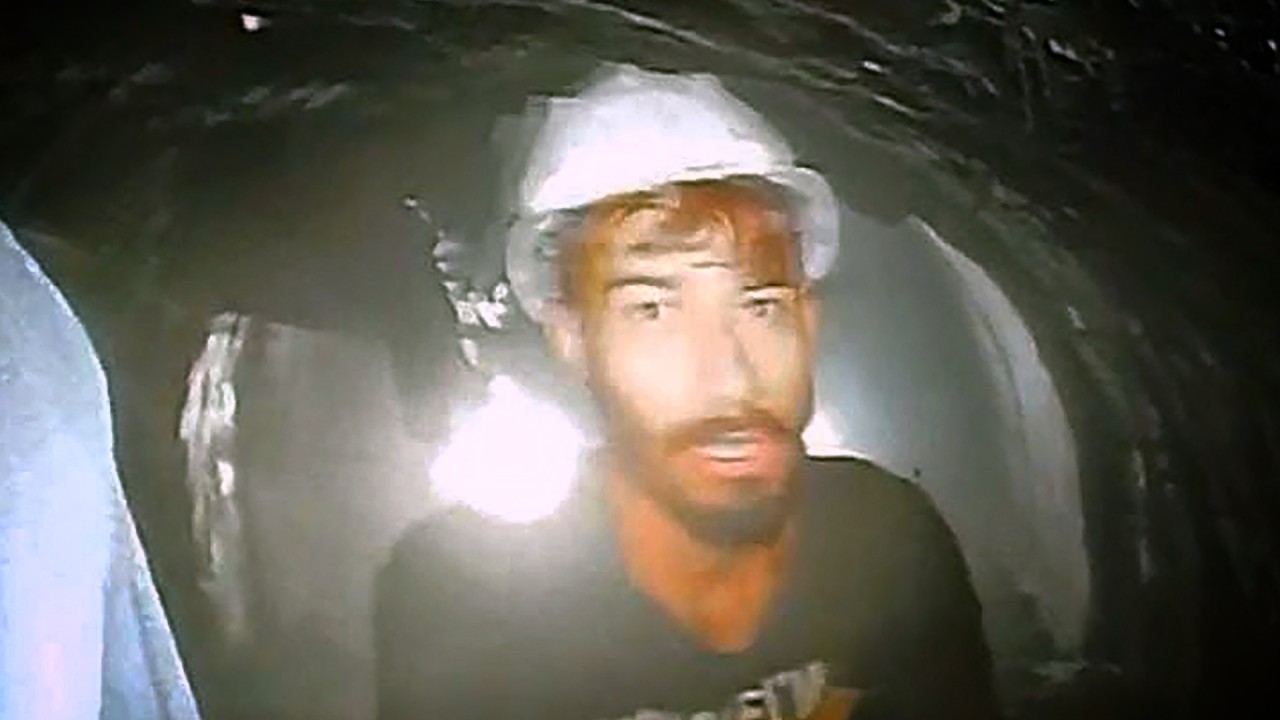Indian rescuers lay final pipe to reach 41 trapped workers in Himalayan tunnel, men to be freed ‘soon’
[ad_1]
Stretchers have been specially fitted with wheels to pull the exhausted men out through 57 metres (187 feet) of steel pipe.
“We are thankful to God and the rescuers who worked hard to save them,” Naiyer Ahmad said, whose younger brother Sabah Ahmad is among the trapped workers, and who has been camping at the site for over two weeks.
Sudhansu Shah, who has also been camping out since shortly after the November 12 tunnel collapse waiting for his younger brother Sonu Shah, said relatives had started to celebrate.
Prayers of tens of millions of countrymen and the tireless work of all the rescue teams engaged in the rescue operation
“We are really hopeful and happy,” he said.
Dhami praised the “prayers of tens of millions of countrymen and the tireless work of all the rescue teams engaged in the rescue operation”.
The health of the workers was “fine”, but a team of doctors in a field hospital were ready on site as soon as they were brought out, he added.
Previous hopes of reaching the men have been dashed by falling debris and the breakdown of multiple drilling machines, and the government has warned repeatedly of the “challenging Himalayan terrain”.

Indian billionaire Anand Mahindra paid tribute to the men at the rock face who squeezed into the narrow pipe to clear the rocks by hand.
“After all the sophisticated drilling equipment, it’s the humble ‘rathole miners’ who make the vital breakthrough,” Mahindra said on X, formerly Twitter.
“It’s a heartwarming reminder that at the end of the day, heroism is most often a case of individual effort and sacrifice.”
After repeated setbacks in the operation, military engineers and skilled miners dug the final section by hand using a so-called “rathole” technique, a three-person team working at the rock face inside a metal pipe, just wide enough for someone to squeeze through.
Last week, engineers working to drive a metal pipe horizontally through the 57 metres of rock and concrete ran into metal girders and construction vehicles buried in the rubble, snapping a giant earth-boring machine.
Rescuers brought in a superheated plasma cutter to slice through metal rods that repeatedly impeded progress.
A separate vertical shaft was also started from the forested hill above the tunnel, reaching more than halfway through the 89 metres needed to reach the stranded men, a risky route in an area that has already suffered a collapse.
Digging, blasting and drilling also took place from the far side of the road tunnel, a much longer third route estimated to be around 480 metres.
‘Worried’: India tunnel rescue ‘more complex’ amid switch to manual drilling
‘Worried’: India tunnel rescue ‘more complex’ amid switch to manual drilling
The workers were seen alive for the first time last week, peering into the lens of an endoscopic camera sent by rescuers down a thin pipe through which air, food, water and electricity are being delivered.
Though trapped, the workers have plenty of space in the tunnel, with the area inside 8.5 metres high and stretching about two kilometres in length.
Arnold Dix, president of the International Tunnelling and Underground Space Association, who is advising the rescue on site, told reporters the men were in good spirits, and that he had heard they had been “playing cricket”.
[ad_2]
Source link


